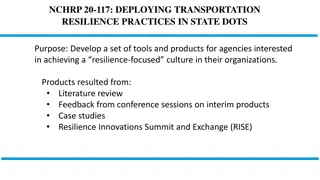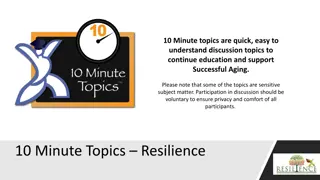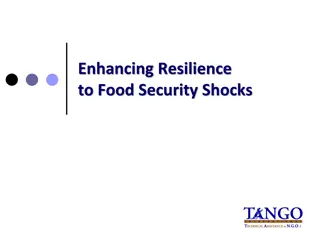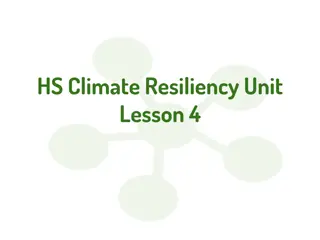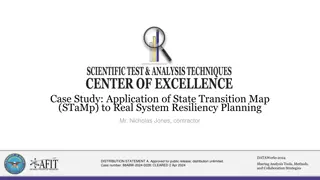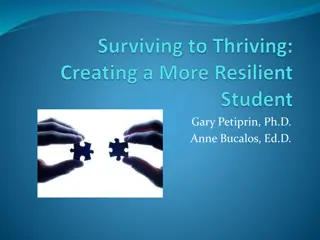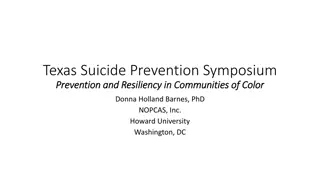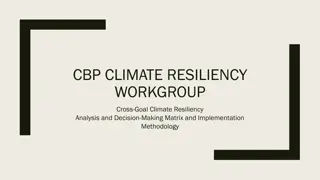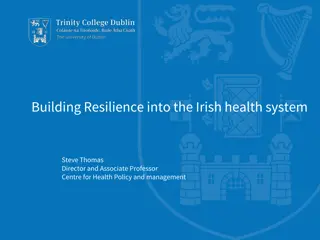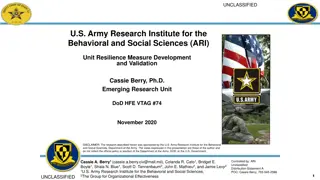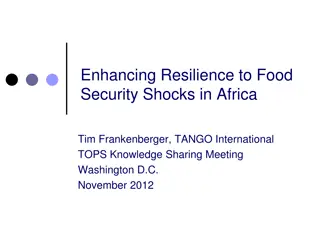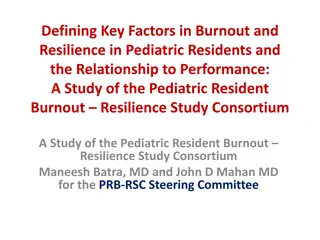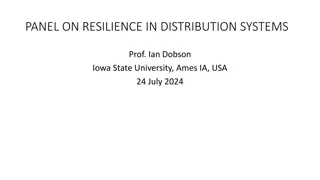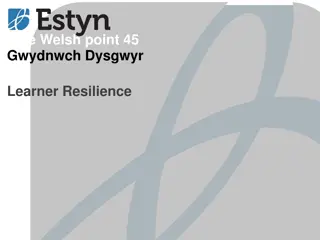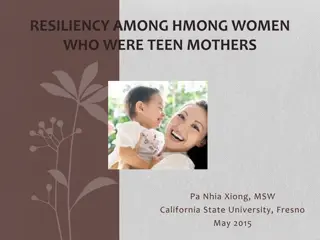Understanding Resilience Theory and Resiliency Framework
Resilience theory focuses on the capacity to recover quickly from difficulties, while the resiliency framework considers a strengths-based approach to understanding child and adolescent development. It explores how positive contextual, social, and individual factors known as Promotive Factors can help individuals overcome risk exposure and develop interventions for prevention.
Download Presentation

Please find below an Image/Link to download the presentation.
The content on the website is provided AS IS for your information and personal use only. It may not be sold, licensed, or shared on other websites without obtaining consent from the author. Download presentation by click this link. If you encounter any issues during the download, it is possible that the publisher has removed the file from their server.
E N D
Presentation Transcript
Resilience Theory Resilience Theory
Resilience: The dictionary meaning of Resilience is the capacity to recover quickly from difficulties. Ability to bounce back from difficult experiences. Resilience is that quality which allows some people to be knocked down by life and come back stronger than ever. Resilience itself could be seen as the process of, capacity for, or outcome of successful adaptation in the face of challenging circumstances (Veselksa, Geckova, Orosova, Gajdosova, van Dijk, & Reijneveld, 2008). or threatening
Resiliency Theory Resiliency framework for considering a strengths-based approach to understanding child and adolescent development. Resiliency theory supplies framework for studying and understanding why some youth grow up to be healthy adults in spite of risks exposure. Theory provides a conceptual the conceptual
Resiliency focuses attention on positive contextual, social, and individual variables that interfere, restrict developmental trails from risk to problem behaviors, mental distress, and poor health outcomes. or disrupt
These individual variables are called Promotive Factors. positive contextual, social, and These factors operate in opposition to risk factors, and help youth overcome negative effects of risk exposure.
Resiliency theory provides a useful framework for considering how promotive factors may operate for encouraging development. positive youth Resiliency theory provides a framework for studying and understanding that how some youth overcome risk exposure development of interventions for prevention using a strengths based approaches. and guides the
Furthermore, there are identified two types of Promotive Factors i.e. Assets and Resources. Assets refer to those Positive factors that reside within individuals i.e. the personal strengths, such as self- efficacy and self-esteem etc. Resources refer to factors outside individuals i.e. external resources or protective factors such parental support, adults mentors and youth programs that provide youth with opportunities to learn and practice skills.
All of these factors are linked with the positive youth development. Assets and resources provide youth with the individual and contextual attributes necessary for healthy development.
Resiliency theory includes several models that describe how promotive factors may counter or protect youth from the negative effects of risks. The main models includes, Compensatory Model Protective Factor Model Challenge Model






